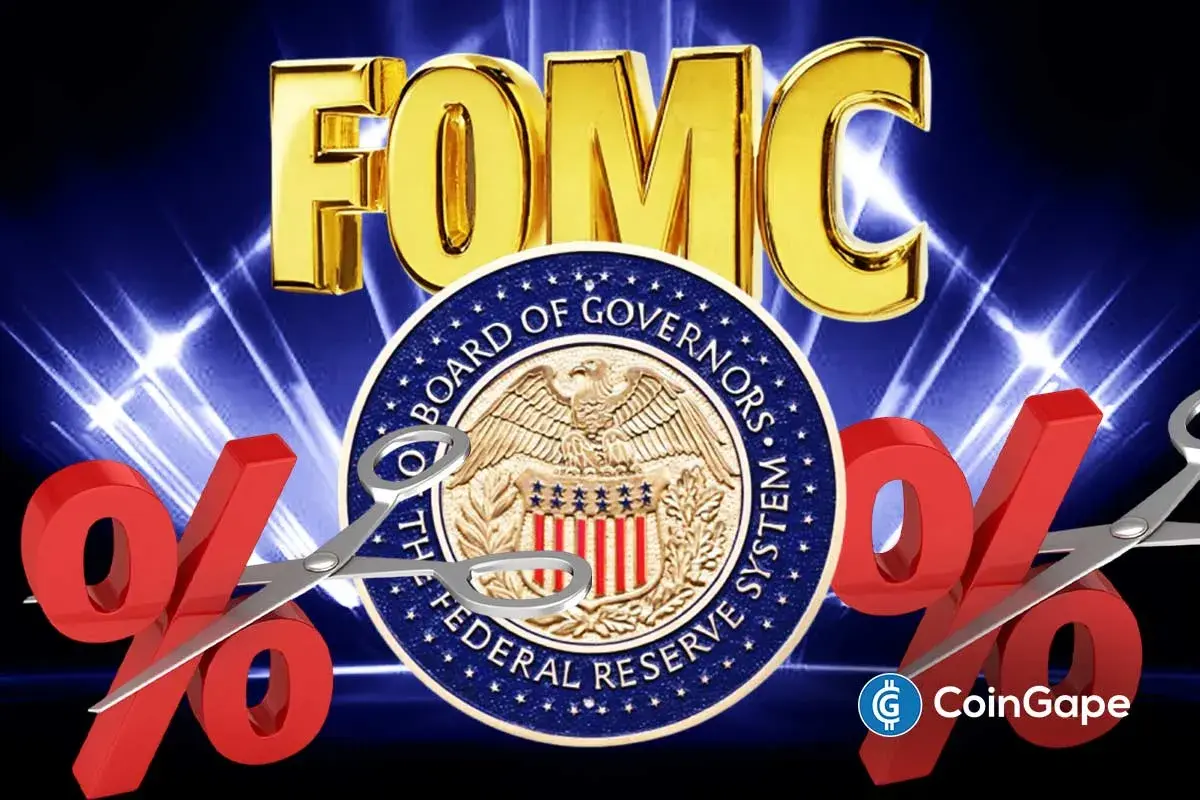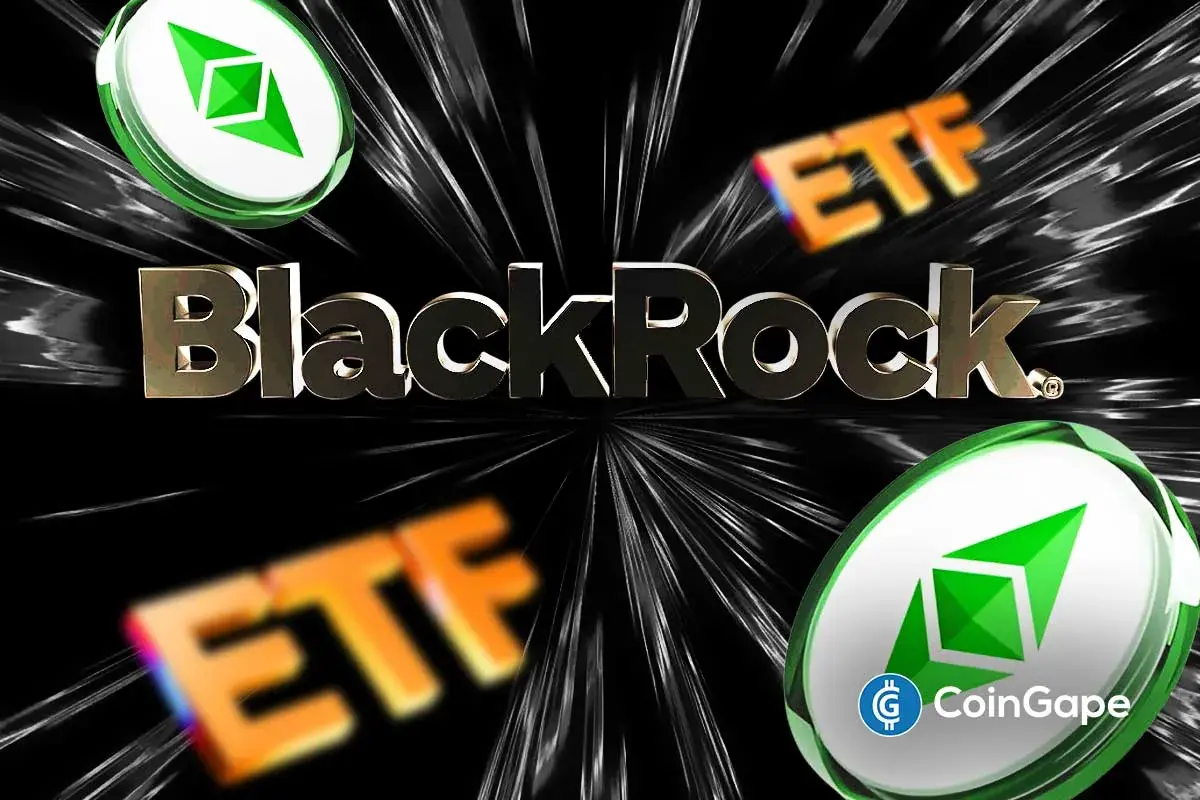CFTC & SEC Proposes Amendment For Crypto Assets In Form PF

The Commodity Futures Trading Commission (CFTC) and the Securities and Exchange Commission (SEC) are proposing amendments to Form PF. The amendment proposes that the categories of “cash and cash equivalents” and “digital assets” are distinct to ensure accurate reporting. This suggests that if the amendment is passed the Form PF would contain a new sub-asset class for digital assets.
As per the information available on the website of the Federal Register an amendment to the term “cash and cash equivalents” is proposed so it would direct advisers to exempt digital assets while reporting cash and cash equivalents.
Form PF is the clandestine reporting form for specific investment advisers to private funds that are registered with the SEC and the CFTC.
Why is there a need for a separate digital asset category?
The commissions (collectively) have maintained that in recent years the digital assets also called “crypto assets” have experienced growth as well as volatility. In the current scenario, various hedge funds have been created to invest in digital assets. At the same time, many other existing hedge funds are also seen allocating a portion of their portfolios to these assets. Thus, to have clarity on the overall market exposures of hedge funds, it is vital to collect information on their exposure to digital assets.
How are digital assets defined in the proposed amendment?
The proposal defines a “digital asset” as any asset that is issued and/or transferred through distributed ledger or blockchain technology. This includes but is not restricted to, so-called “virtual currencies,” “coins,” and “tokens.”
As per the commission, the amendments are aimed at improving its ability to examine the magnitude of hedge fund portfolio concentration and to identify directional exposure. It added that high portfolio concentration involves the risk of amplified losses that can happen when a fund’s investment represents a large portion of a particular investment, asset class, or market segment. Leveraged portfolios amplify this risk further. The proposed amendments are designed to identify a fund’s concentration risk (where gross exposure to a reference asset is larger than the fund’s NAV).
- Breaking: Labor Department Cancels October PPI Inflation Report Ahead of FOMC Meeting
- FOMC Meeting: Fed Expected to Approve Rate Cut on Dec. 10
- Bernstein Declares Bitcoin’s Four-Year Cycle Dead, Predicts $1M Target for BTC
- Breaking: Tether’s USDT Secures New Abu Dhabi Global Market Approval After Ripple’s RLUSD
- Ethereum Sees Fresh Tailwind as BlackRock Files for Staked ETH ETF
- How High Can Zcash (ZEC) Price Go?
- Solana Price Set for $150+ as Bullish Sentiment Rises in Crypto Market
- Shiba Inu Price Eyes a Rebound as Exchange Supply Nosedives by 53 Trillion
- Dogecoin Price Prediction: Will $0.30 Be Next Target for DOGE?
- Top 3 XRP Price Predictions for December 2025: Could It Reach These Levels?
- Here’s Why Bitcoin Price Will Rally To $100k This Week

















